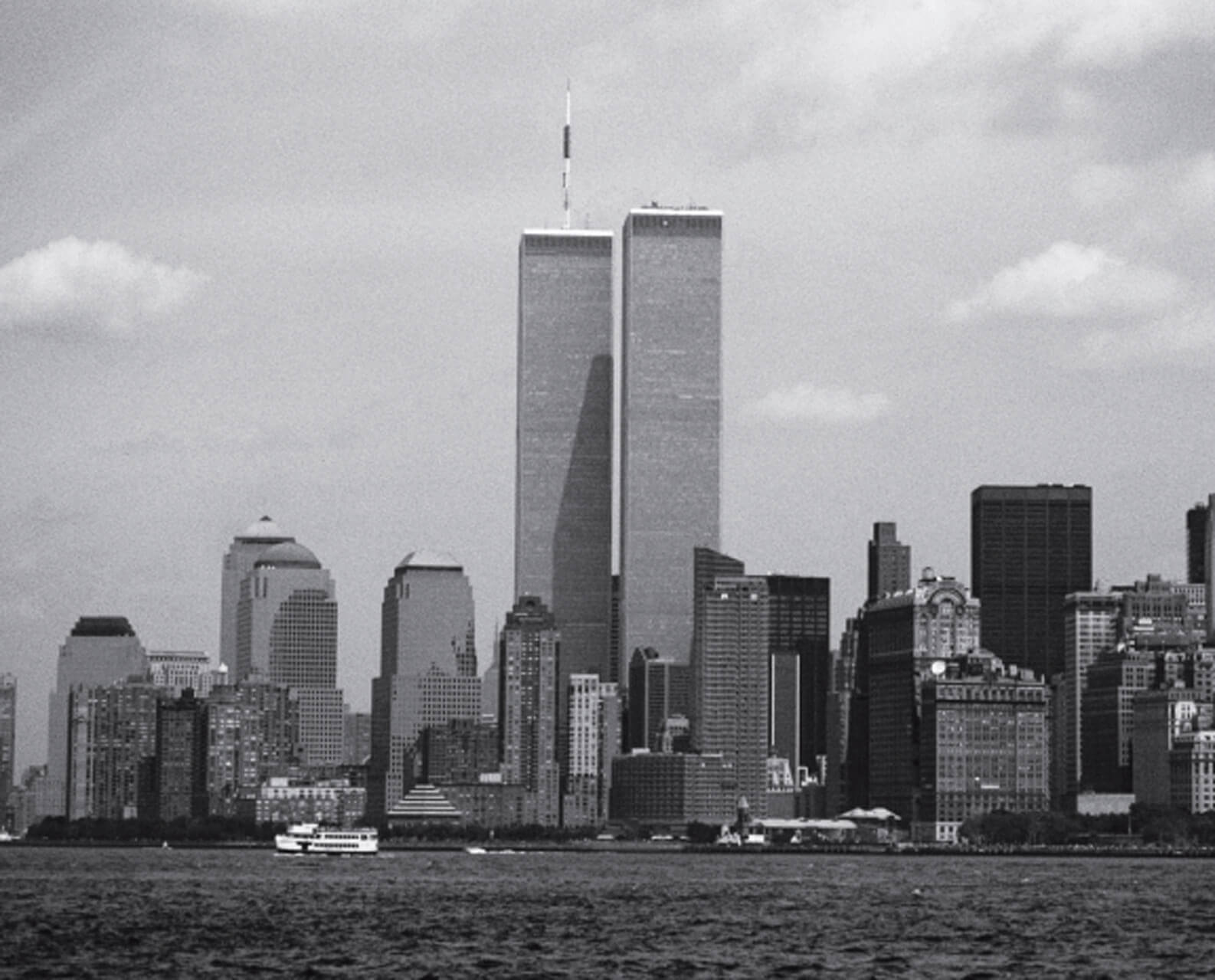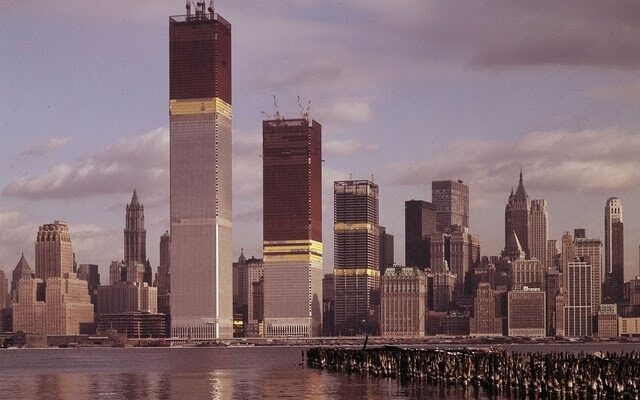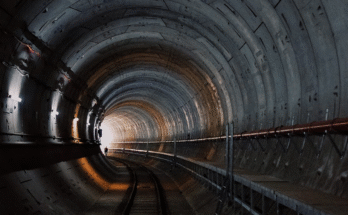In 1972, the World Trade Center stood as a monumental work in progress, rising defiantly above New York City’s skyline. A year shy of its completion, this ambitious project symbolized more than just architectural innovation—it was a testament to the human spirit, reflecting the unyielding determination of the workers, architects, and engineers who brought it to life. The twin towers, designed by architect Minoru Yamasaki, were destined to become an iconic representation of modern engineering, redefining what was possible in skyscraper construction and urban design.
The idea of the World Trade Center originated in the 1960s, amidst a global push for economic growth and international connectivity. Lower Manhattan was chosen as the site for this ambitious venture, with the Port Authority of New York and New Jersey spearheading the project. Their vision was bold: to create a hub for global commerce that would cement New York City’s position as a financial epicenter. This vision materialized in the form of two colossal towers that would not only dominate the city’s skyline but also serve as a symbol of progress, innovation, and unity.
At 1,368 feet tall, the North Tower briefly held the title of the tallest building in the world, surpassing the Empire State Building. The South Tower followed closely behind at 1,362 feet. What set these buildings apart wasn’t just their height but their revolutionary design. Minoru Yamasaki’s architectural vision featured a minimalist aesthetic, emphasizing vertical lines and symmetry to create a sense of strength and grace. To support such towering structures, engineers employed a groundbreaking “tube” design, which relied on closely spaced steel columns forming the building’s perimeter. This approach offered unparalleled stability while allowing for open, column-free interiors—a crucial feature for the expansive office spaces the towers would house.

The construction process itself was a feat of modern engineering. Over 200,000 tons of steel, 425,000 cubic yards of concrete, and 43,600 windows came together to form the towers. Specialized cranes and innovative techniques were required to lift materials to unprecedented heights. Workers toiled day and night, battling fierce winds and extreme conditions to complete the project. By 1972, as the towers neared completion, the scale of their achievement became evident. The towers weren’t merely structures; they were symbols of what humanity could accomplish when united by a shared goal.
![Vintage] World Trade Center Construction Promo (1968-1972) - YouTube](https://i.ytimg.com/vi/5vgB8pckjUQ/sddefault.jpg)
Beyond its physical grandeur, the World Trade Center represented something intangible: hope and resilience. At a time when the United States faced political and economic challenges, the towers became a source of pride and inspiration. They reflected a collective aspiration to reach new heights—both literally and metaphorically. Their presence reshaped New York City’s skyline, offering a tangible reminder of the boundless possibilities of innovation.
In the years following their completion in 1973, the twin towers became global landmarks, attracting millions of visitors and symbolizing the heart of Manhattan. While their destruction in 2001 marked a tragic chapter in history, the legacy of the World Trade Center endures. The photograph from 1972 captures more than the construction of two skyscrapers; it immortalizes a moment when the future seemed limitless, and humanity’s ambition reached for the sky.



